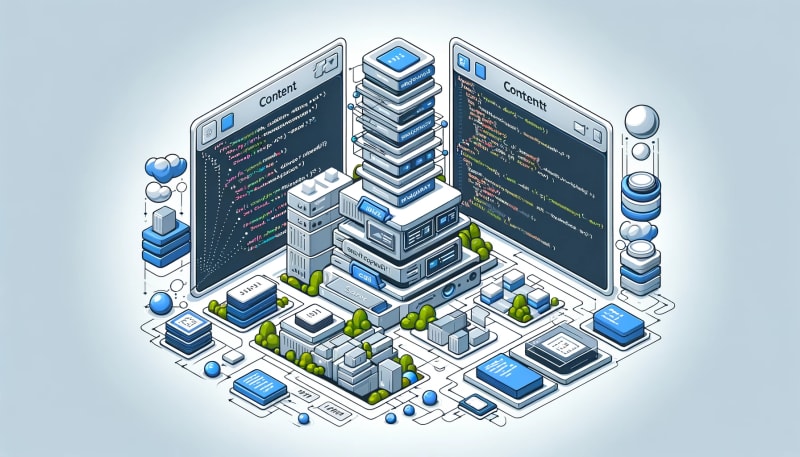Introduction
The release of server components in Next.js 14 heralds a significant shift in the framework's capabilities, offering a new approach to building and rendering web applications. This article aims to explore these groundbreaking server components, their advantages, and the transformative effect they have on server-side rendering.
Understanding Server Components
Server components in Next.js 14 bring a novel concept to React development:
- Server-Side Only Rendering: Unlike traditional React components that render on the client side, server components render exclusively on the server. This means they do not add to the JavaScript bundle sent to the browser.
- Technology Behind Server Components: These components use a special syntax and are distinguished by a .server.js extension. They can fetch data, send queries, and perform server-side operations without exposing logic or data to the client.
- Comparison with Traditional Components: Server components differ significantly from regular React components in terms of their execution environment and the way they handle data and effects.
Benefits for Server-Side Rendering
Server components enhance server-side rendering in several ways:
- Performance Improvements: By reducing the size of JavaScript bundles sent to the client, server components enhance application performance.
- Reduced Client-Side Code: They offload the rendering workload to the server, leading to a lighter and faster client-side experience.
- Faster Page Loads: The reduced client-side burden translates into faster page load times, a crucial factor in user experience and SEO.
Practical Applications
Server components can be effectively utilized in:
- Data-Intensive Applications: Where large amounts of data need to be processed without impacting client-side performance.
- E-commerce Sites: For handling server-side operations like inventory checks and dynamic pricing.
- Content Management Systems: Where rendering and managing content can be efficiently handled on the server.
Conclusion
The introduction of server components in Next.js 14 marks a paradigm shift in web development. By enhancing server-side rendering and reducing client-side load, these components offer a more efficient, performant, and scalable approach to building web applications.
References
For a deeper exploration of server components, refer to the official Next.js documentation. Additional insights can be gained from technical blogs and articles that discuss practical implementations and case studies of server components in Next.js 14.








Top comments (0)